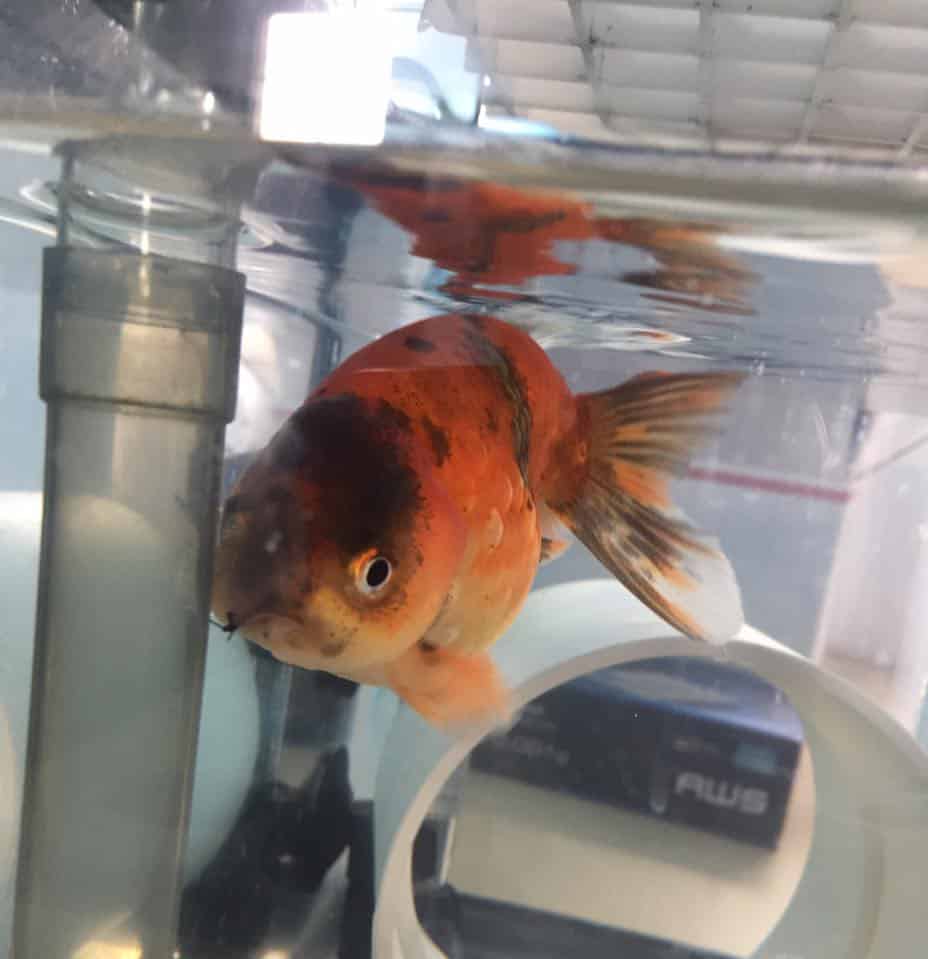Any good fish owner will have a quarantine or hospital tank at the ready for any new or sick fish. Remember, proper quarantine procedures will save you time, money and LIVES. If you think you don’t need a tank, keep this list with you just in case the time ever comes. Always be ready with a quarantine tank setup, just in case.
To set up a proper quarantine tank, you will need the following equipment:
Location at least 3 feet away from the main tank.
This is a safe “splash zone.” Some diseases can be passed in the water, so make sure it cannot be transferred between healthy and potentially sick systems. Always remember to place fish tanks on a solid surface. If you can’t stand on it, it’s probably not a good choice.
Hospital or quarantine tank setup large enough to suit any fish in your tank.
They should be able to swim around comfortably without making too many turns. Most betta hospital tanks will be 2.5-5 gallons, goldfish 20-30 gallons, cichlids 20-50 gallons, marine fish 10-100 gallons and koi 250-500 gallons (size dependent). These are GENERAL GUIDELINES and will not fit all fish. When in doubt, go bigger. You can get away with something slightly smaller if lives depend on it, but it is not a long-term solution.
A heater of appropriate size for your tank.
Even if your fish are not going to be kept in heated conditions, such as koi and goldfish, preparing the environment in the immune system “sweet spot” (immune function link), will allow for better defenses. Keep in mind that increasing the water temperature will increase the reproductive capability of any pathogens in the system and on the fish, including bacteria, parasites, fungi and viruses.
Filter, but no media.
Steal extra media from your main tank to skip the new tank syndrome. This will decrease the amount of stress your fish will have in their quarantine/hospital stay. If possible, stock your main tank with extra filter media, just in case you have to steal it. Keep in mind that all filter media returning from the hospital/quarantine tank to the main tank MUST BE STERILIZED.
Separate equipment for your quarantine tank setup including all nets, gravel siphons, algae scrubbers/glass cleaners, etc.
You can disinfect these items between systems, but not all disinfectants are a 100% guarantee. It is strongly recommended that every system has their own separate set of equipment. Get that label maker out or use color coding with electrical tape to make it fool proof.
Prophylactic treatments – NONE.
Do NOT simply dump every over-the-counter antibiotic, antifungal, “complete” or “general” cure-all without any signs of disease. By using these drugs at below prescribed therapeutic levels, you are breeding resistant bacteria. These bacteria will be a big problem if they become resistant to several drugs. There is no guarantee what the box says is even what the powder or liquid contains! The safest thing you can add to your quarantine/hospital tank water is a tap water conditioner and aquarium salt IF YOUR FISH IS TOLERANT OF LOW SALT LEVELS. Not all fish will handle low levels of salt. And the dose on the API Aquarium Salt is a joke. Consult with your aquatic veterinarian about establishing a safe protocol for your species of fish.
A water quality test kit is a MUST for any quarantine tank setup.
Just because you used pre-established filter media does NOT guarantee it will suit new species. Always do your research and know what levels your species is tolerant to for ammonia, nitrite, nitrate, pH, kH, gH and temperature.
Suitable décor since sick, injured and new fish will likely want to hide from the world.
It’s the same feeling when you are sick and just want to curl up in your bed for days on end. Sick fish are programmed to hide when they are in a foreign environment or ill because it is the best protection from being eaten. It doesn’t have to be fancy; PVC tubes or components from the hardware store work well and are very cheap.
Remember that all new additions, including fish, invertebrates and plants, must be quarantined for 4-6 weeks. This time period is set by the pathogens your fish is susceptible to, how long they take to incubate in a fish and produce clinical signs. We didn’t make up this number from thin air. For more assistance with hospital/quarantine tanks, setup or protocols, contact your local aquatic veterinarian.
Other Articles You Might Like
- The Dreaded Quarantine
- “Why can’t you diagnose and treat my fish over the phone?”
- Fish Immune Function

